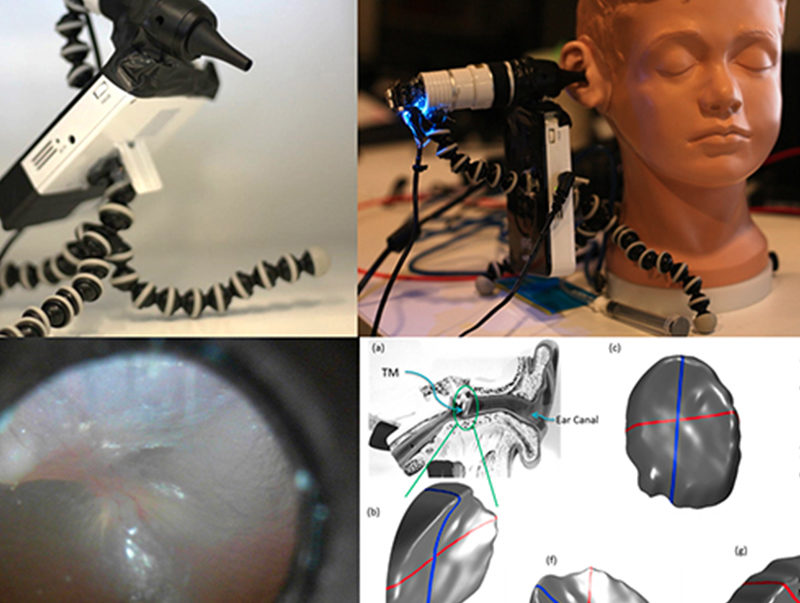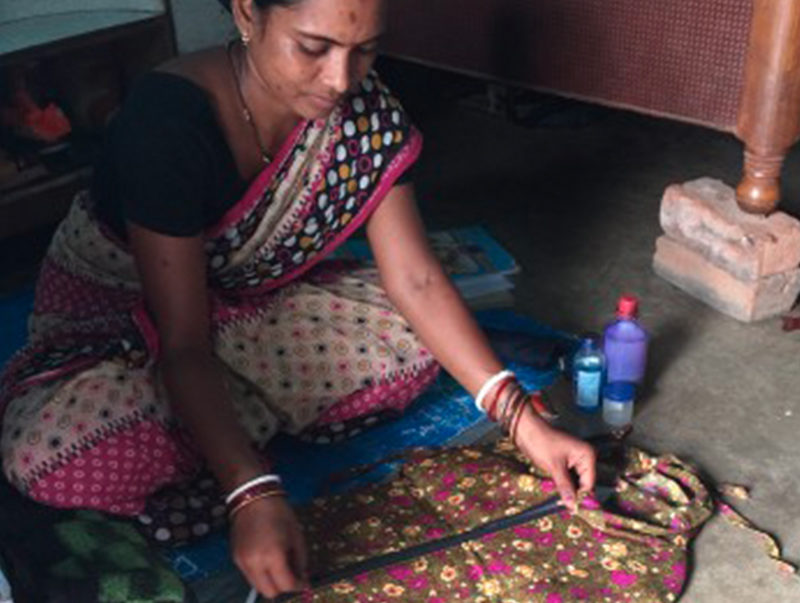
PROJECT DETAILS
- Focus Area Health Past
- Faculty Mandayam Srinivasan
- Fellow Jess Ong
- Mentor Nevan Hanumara
India has the highest number of diabetics in the world. A frequent complication of diabetes is nerve damage leading to distal symmetric neuropathy, which clinically manifests as loss of sensation in the feet, a major cause of foot ulcers and leg amputations in India.
The commonly used neuropathy diagnostic technology is the biothesiometer, which measures vibration perception threshold (VPT). The VPT is defined as the lowest intensity of vibration that a patient can feel in the sole of the foot. As opposed to stimuli that could potentially cause pain such as pin prick or heat, vibration is a harmless and painless stimulus that can be used to evaluate a person’s sensation. Unfortunately, existing biothesiometers are large and heavy, mechanically and electrically inefficient, and require trained technicians to operate. These drawbacks make the biothesiometer impractical for low-resource settings in most parts of the world. Consequently, the majority of the Indian population with diabetes in rural areas is currently not being tested for neuropathy.
The aim of the m-DFA project is to design and manufacture a biothesiometer-like device that is portable, rugged, battery powered, mobile-connected, and can easily be operated by minimally trained allied medical personnel or community health workers; and to develop a quantitative, objective standard of VPT measurement.
Over the last two years we have developed a device that provides quantitative information about a diabetic patient’s foot sensation by stimulating the sole of the foot with vibration at a fixed frequency and varying amplitude. The m-DFA connects wirelessly to a mobile phone or tablet, which records and tracks data on a periodic, per-person and per-visit basis. A clinical validation study to compare the performance of the m-DFA with commercial biothesiometers and nerve conduction studies is ongoing at MIT and Agada Hospital (Chennai, India).
Project Media:
The Hindu: “A leg-up for tracking neuropathy”











